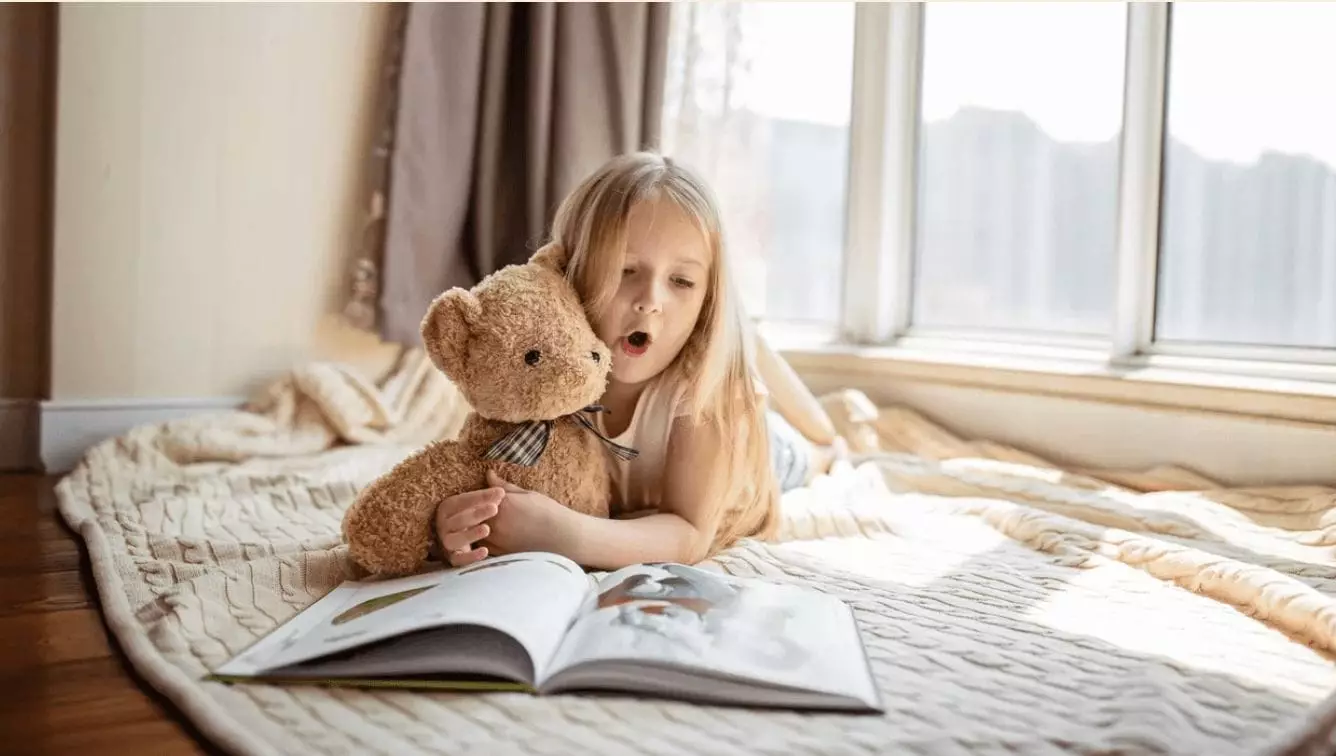Reading to young children is not merely a pleasurable pastime; it is an invaluable practice that fosters a deep-seated love for literature while significantly enhancing cognitive development. With countless hours spent in remote learning environments, the demand for engaging, high-quality children’s books has become paramount. This article explores the profound benefits of reading to toddlers, the critical role it plays in their emotional and intellectual growth, and highlights an eclectic mix of books that can help cultivate a budding reader’s imagination.
One of the most distinguishing features of reading aloud is the strong bond it forms between parent and child. When caregivers invest time in reading together, they create cherished moments that turn into lasting memories. Children perceive these shared experiences as expressions of love and attention, vital ingredients for their overall emotional development. The simple act of reading allows for interactive discussions about characters, themes, and illustrations, encouraging children to express their thoughts freely. This interaction contributes not just to building relationships but also serves to strengthen family connections through shared laughter and collective imagination.
Books can act as windows to the world for toddlers, introducing them to an array of ideas, cultures, and emotions. From exploring basic concepts such as numbers and colors to navigating complex emotional landscapes, literature provides a rich tapestry of experiences. For example, board books that use vibrant images and simple texts allow children to absorb information in a way that is both engaging and helpful. Books that invite interaction, like flip-the-flap or sound books, stimulate curiosity by enabling toddlers to explore concepts firsthand.
Studies show that early engagement with reading influences brain development, particularly when it comes to language skills and comprehension abilities. As toddlers turn pages and delve into stories, they learn about cause and effect, sequencing, and storytelling methods that lay the foundation for future literacy skills. Encouraging reading habits early makes it easier for children to transition into more complex texts as they grow.
Finding the right books for toddlers can seem overwhelming given the plethora of choices available. Nevertheless, some titles stand out for their ability to enchant little listeners while delivering substantial educational value. For instance, “Dragons Love Tacos” brings a hilarious twist to traditional storytime, captivating children with its whimsical tale of dragons and tacos. Similarly, “Llama Llama Red Pajama” conveys emotional themes through rhythmic prose, teaching young listeners about feelings and reassurance.
For an adventurous narrative, “The Mitten” provides enchanting, richly illustrated stories that engage children’s imaginations, while classics like “Where the Wild Things Are” teach vital life lessons about acceptable behaviors and emotions. Interactive reads such as “Press Here” and “Don’t Let the Pigeon Drive the Bus!” invite children into the storytelling process, encouraging them to respond to character prompts and effectively breaking the fourth wall—this playful engagement fosters a deeper understanding of narrative structure and interactivity among young readers.
Illustrations play a critical role in capturing toddlers’ attention and facilitating comprehension. Vivid images help connect the written word to the real world, making abstract concepts more tangible. Picture books like “Freight Train” effectively use colorful visuals to introduce foundational ideas about color, movement, and even sound, enabling children to connect with the content in dynamic ways.
Furthermore, developing emotional intelligence is vital for young children. Books like “The Pout-Pout Fish,” which explore diverse emotional experiences, allow toddlers to understand and articulate their feelings. The signature colorful visuals in Todd Parr’s works are particularly effective at helping children label emotions.
In an increasingly digital world, the intimacy of reading aloud cannot be overstated. As parents and caregivers strive to promote literacy and emotional development in toddlers, creating a reading routine can reap lasting rewards. Not only does reading nurture children’s curiosity, but it also enhances their vocabulary, listening skills, and imaginative capabilities.
Establishing a consistent reading habit—be it during bedtime or throughout the day—ensures that the seeds of literacy are sown early. Choosing a diverse selection of books that cater to a toddler’s interests and developmental stage can make this nurturing process a joyful journey for both child and adult alike. Ultimately, instilling a love for reading not only enriches their early years but also prepares them for a lifetime of learning.

